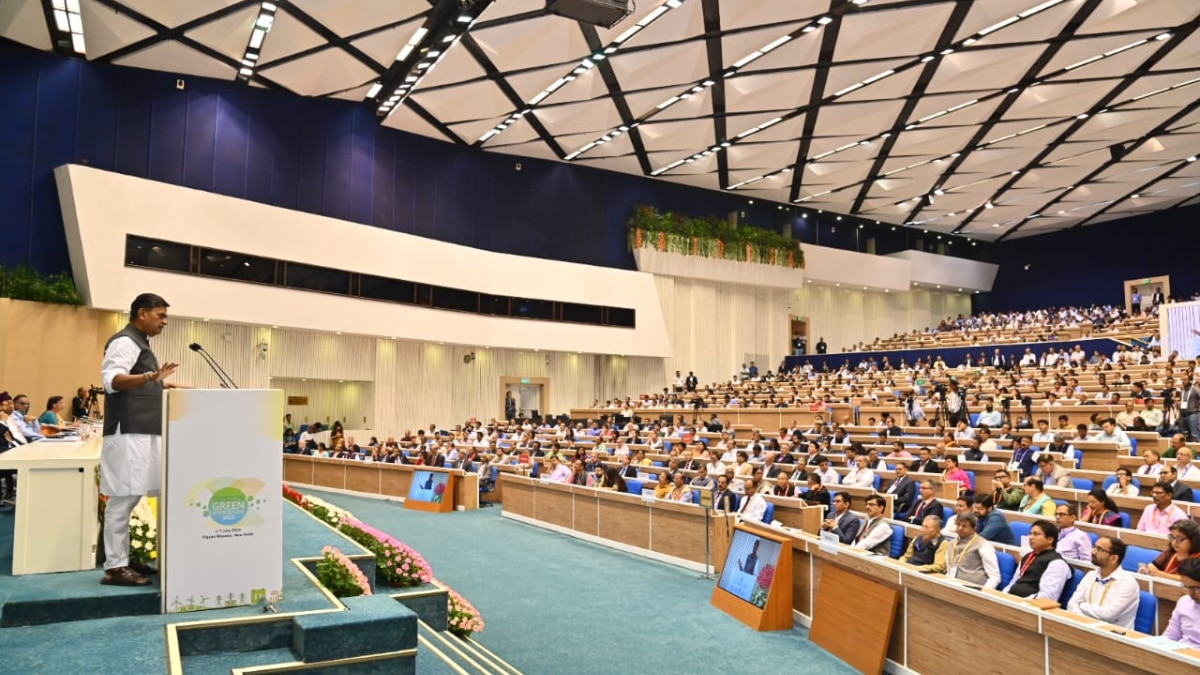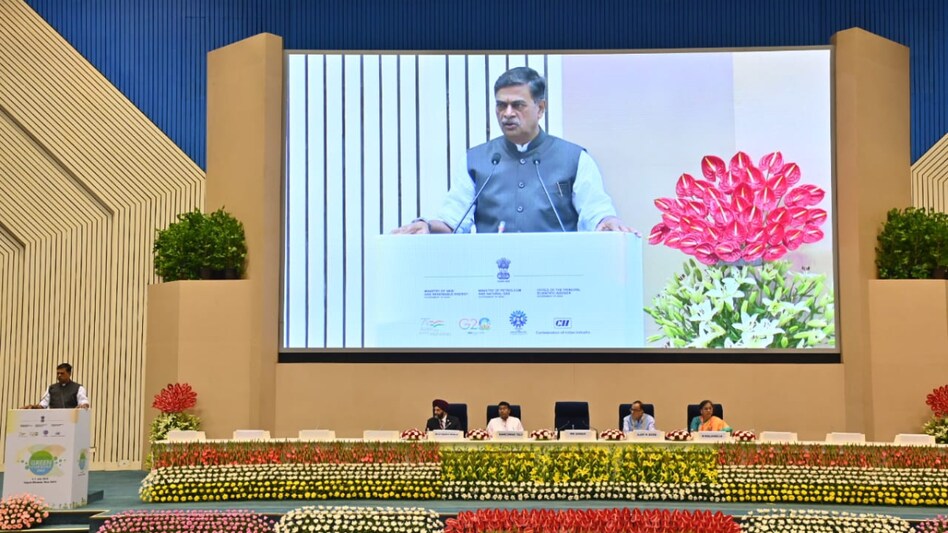
 He warned that if the countries continued with that strategy, India may also consider putting in place reciprocal measures
He warned that if the countries continued with that strategy, India may also consider putting in place reciprocal measures  He warned that if the countries continued with that strategy, India may also consider putting in place reciprocal measures
He warned that if the countries continued with that strategy, India may also consider putting in place reciprocal measures Countries that were putting up barriers such as subsidies to make renewable energy imports from others non-competitive should not be talking about going green, Union Minister for Power and New and Renewable Energy Raj Kumar Singh has asserted.
“Countries shouldn’t set up barriers. If you are setting up barriers, you aren’t helping the cause of net zero,” said Singh at the inauguration of the International Conference on Green Hydrogen in New Delhi on Wednesday.
Taking a dig at developed Western economies, Singh said that while India sought to partner with the world to propagate the use of renewable energy, that didn’t seem to be the case with several countries.
He warned that if the countries continued with that strategy, India may also consider putting in place reciprocal measures.
“If we start putting barriers, you will lose out on one of the biggest markets outside of China. And if you want to go to China, that’s your choice. Some countries are giving subsidies for green hydrogen that are equivalent to its cost price,” observed Singh. “If you are talking about putting up barriers then stop talking about going green!” he added.
He said that offering the lowest cost of setting up renewable energy capacity had made India an attractive proposition for investors. “It [the cost] is just about $600,000 per Mw. Therefore, our green hydrogen will be the least costly and the world realises that.”

Making a world leader in renewables manufacturing
The power minister also reiterated that India was all set to emerge as a world leader in renewables production, including green hydrogen, through the creation of a robust ecosystem. This has led to many industries becoming world leaders in both wind and solar.
“In wind energy, we have one of the largest manufacturing ecosystems in the world. In solar energy, we are getting there. We already have about 25,000 Mw of manufacturing capacity, with another 35-40 Gw of manufacturing capacity under construction for solar cells and modules.”
Informing that nearly 25 Gw of the upcoming capacity would be in polysilicon, Singh stated this would enable the country to emerge as the largest solar cell manufacturer after China.
“Outside of China, nobody will come close to us as we will have 75-80 GW of manufacturing capacity. And 50 per cent of that will be from polysilicon.”
These successes would also be replicated to make the country a world leader in green hydrogen.
We already have programmes on the ground where industries have entered into agreements with states for setting up 3.5 tonnes of green hydrogen manufacturing capacity,” said Singh.
The minister also elaborated on how despite being one of the lowest CO2 emitters globally, the country had managed to further cut such emissions through the successful rollout of programmes in LED lighting, tradable energy-saving certificates for industries and the star rating of electrical appliances.
Copyright©2025 Living Media India Limited. For reprint rights: Syndications Today